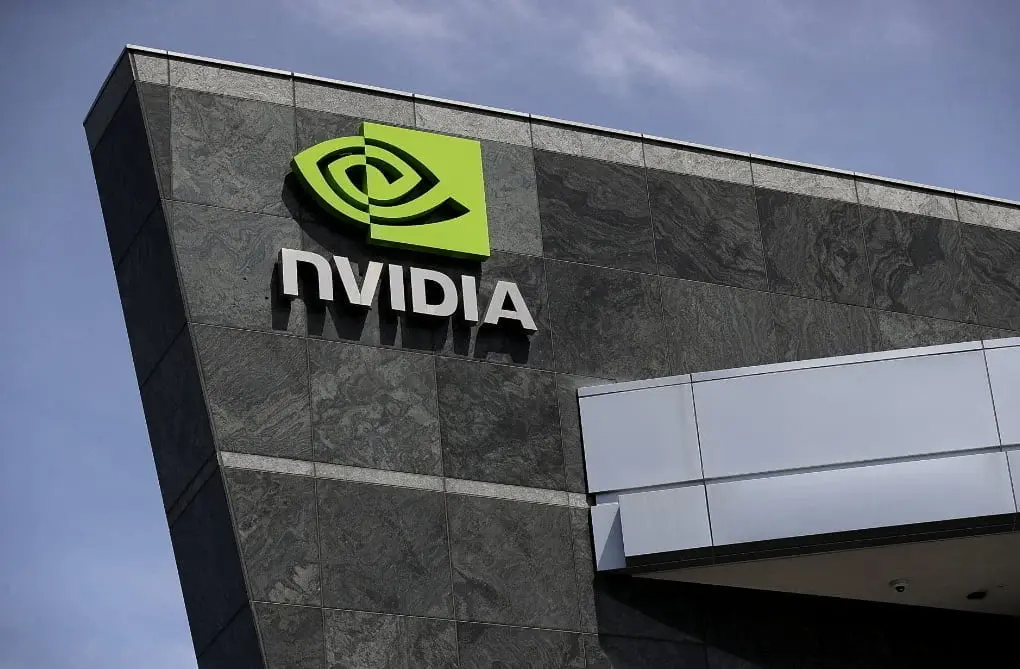Nvidia's RTX technology has reached a significant milestone by now supporting over 500 games and applications. Since its introduction in 2018, RTX has evolved from a specialized feature to a fundamental aspect of gaming experiences. This includes cutting-edge features such as ray tracing, AI, and upscaling, which have revolutionized gaming visuals.
RTX has played a crucial role in the development of new games that incorporate high-tier graphics. Ray tracing and Deep Learning Super Sampling (DLSS) are the foundational elements of RTX technology. Currently, 380 games utilize ray tracing or DLSS to some extent. However, only two games, Alan Wake 2 and Cyberpunk 2077, fully exploit the capabilities of path ray tracing and DLSS 3.5 with ray reconstruction. These games showcase stunning visual enhancements, especially when played on powerful graphics cards like the RTX 4090.
In 2018, Nvidia made a significant shift from the GTX to the RTX series, solidifying its commitment to ray tracing as the future of graphic technology. However, the initial adoption of ray tracing was slow, partly due to its demanding nature on GPUs. To address this, Nvidia introduced DLSS, an AI-driven upscaling technology that enhances performance, particularly when ray tracing is enabled.
Initially, the inclusion of RTX features in games required significant resources from developers, which raised concerns about the widespread adoption of these technologies. Nevertheless, RTX has firmly established itself in the gaming world. The progression from DLSS 1 to DLSS 2, and now DLSS 3 with Frame Generation, showcases Nvidia's continuous innovation. With competitors like AMD introducing similar technologies, frame generation is expected to become a standard feature in PC gaming.
The impact of RTX technology extends beyond high-end gaming setups. Graphics cards like the RTX 4060 and RTX 4060 Ti greatly benefit from DLSS, which can significantly improve frame rates, ensuring these cards remain relevant for years to come. This boost in performance is crucial, especially for demanding future titles like GTA 6, which is anticipated to be played on a wide range of Nvidia's RTX series, from older to newer models.


Leave a Reply